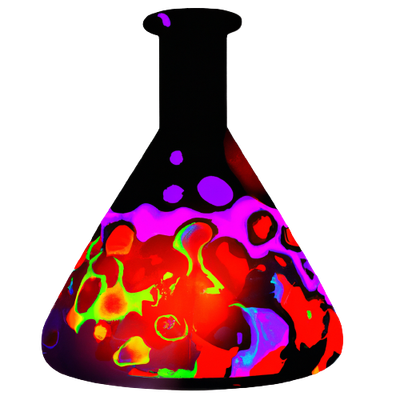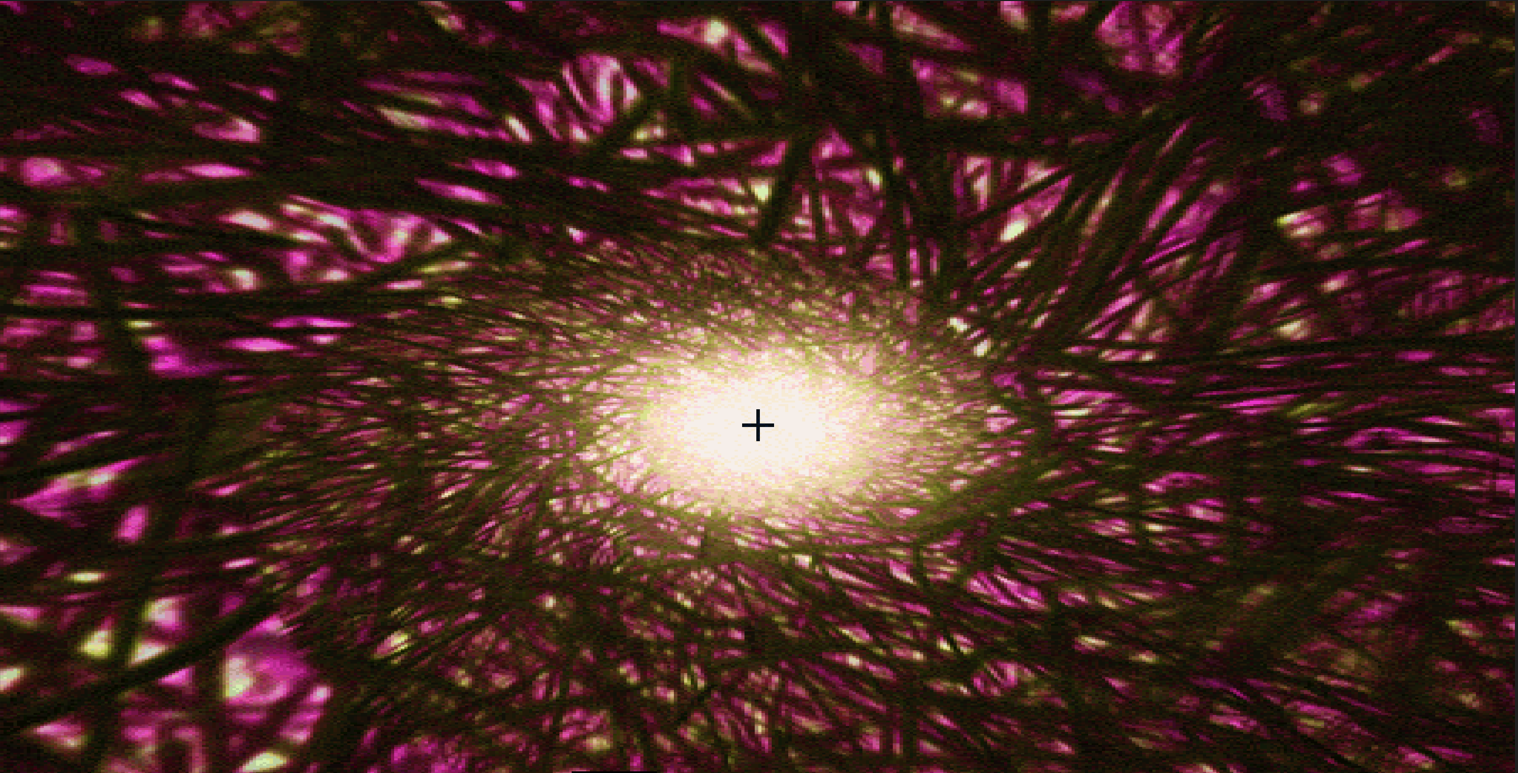Psychadelic drug chemistry
minecraft mod
Welcome to the psychadelic drug chemistry wikipedia
Summary

Players must gather and use various reagents and laboratory equipment to create the compounds. The mod also includes a range of plants and fungi, each with their own psychoactive properties, which players can cultivate and harvest.
While the mod offers a unique and engaging gameplay experience, it's important to note that it is not intended to promote or encourage drug use. It's worth noting that the use of psychoactive substances can have serious health and legal consequences. While the Psychedelic Drug Chemistry Minecraft mod is designed as a game, it's important to approach its content with a responsible and informed perspective.
Drugs
LSD
LSD (Lysergic acid diethylamide) is a potent synthetic hallucinogenic drug
2C-B
2C-B (4-Bromo-2,5-dimethoxyphenethylamine) is a synthetic psychedelic drug that is structurally similar to mescaline and other phenethylamines
LSA
LSA (Lysergic acid amide) is a naturally occurring psychadelic substance found in some plants, particularly in the seeds of the morning glory and Hawaiian baby woodrose plants. It is structurally similar to LSD
Magic Mushrooms
Magic mushrooms, also known as psilocybin mushrooms or simply "shrooms," are a type of fungi that contain the psychoactive compound psilocybin
Peyote slice
Peyote cactus, also known as Lophophora williamsii, is a small, spineless cactus that contains psychoactive alkaloids, including mescaline
DMT
DMT (Dimethyltryptamine) is a powerful psychedelic compound found in many plants and animals, including humans. It is a naturally occurring substance that can also be synthesized in a laboratory
MDMA
MDMA (3,4-Methylenedioxy-methamphetamine) is a synthetic drug that is classified as a stimulant and empathogen. It is commonly known as ecstasy or molly and is a popular recreational drug due to its euphoric and empathetic effects
DXM
DXM (Dextromethorphan) is a synthetic drug that is commonly found in over-the-counter cough and cold medications. It is a dissociative hallucinogen, meaning it can induce feelings of detachment from reality and produce visual and auditory hallucinations
Tobacco
Tobacco refers to the leaves of the plant species Nicotiana tabacum and Nicotiana rustica, which are commonly grown and harvested for their nicotine content. Nicotine is a naturally occurring stimulant and alkaloid that can have psychoactive effects when consumed
Salvia divinorum
Salvia divinorum is a psychoactive plant from Mexico, used for centuries in traditional ceremonies. Its main compound, salvinorin A, it acts on kappa-opioid receptors, causing intense dissociative effects like altered reality, vivid hallucinations, and changes in consciousness when smoked, vaped, or absorbed under the tongue








